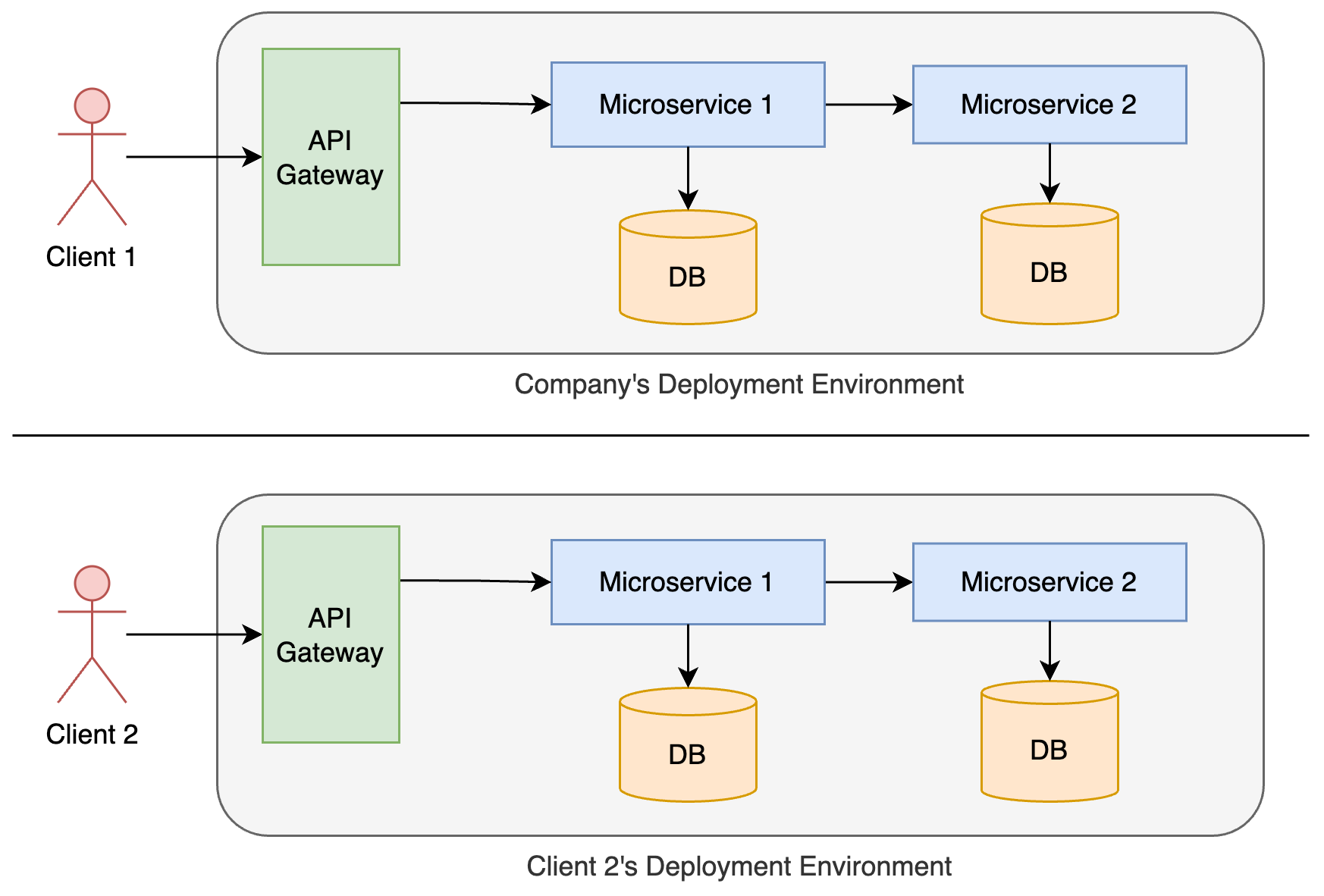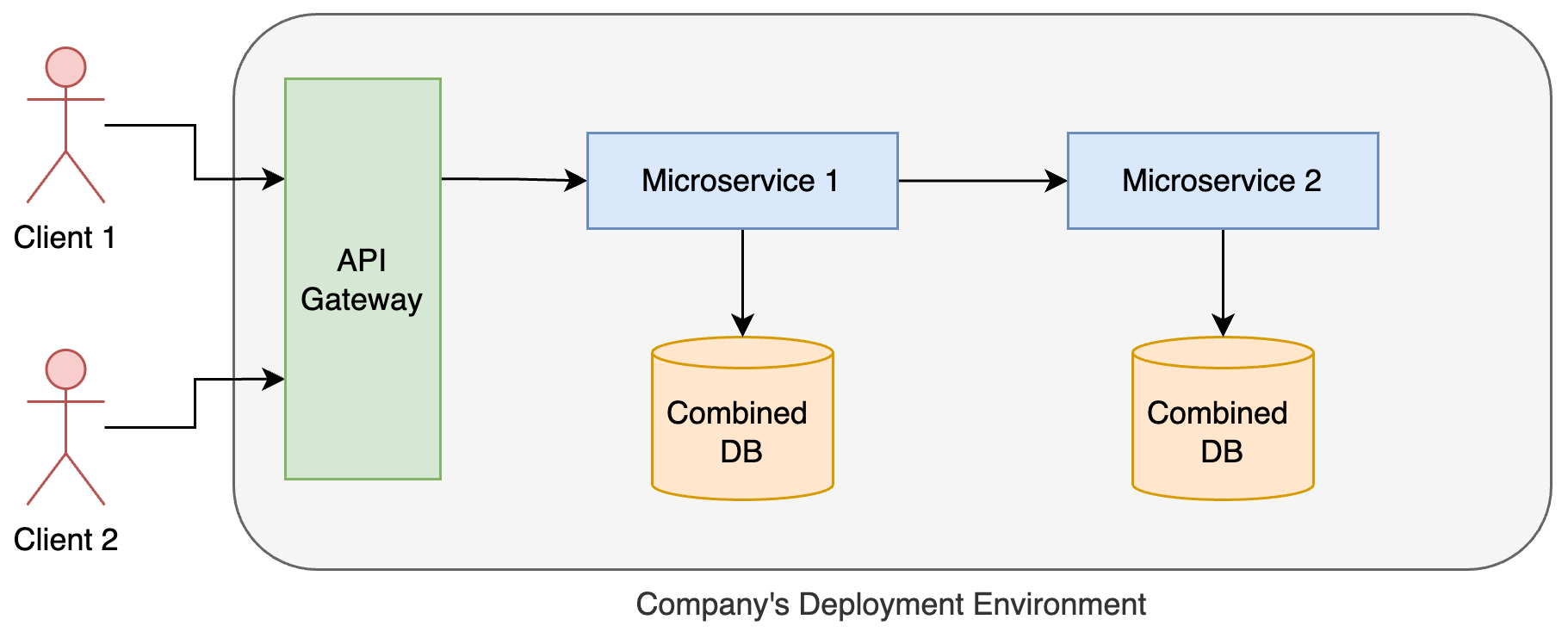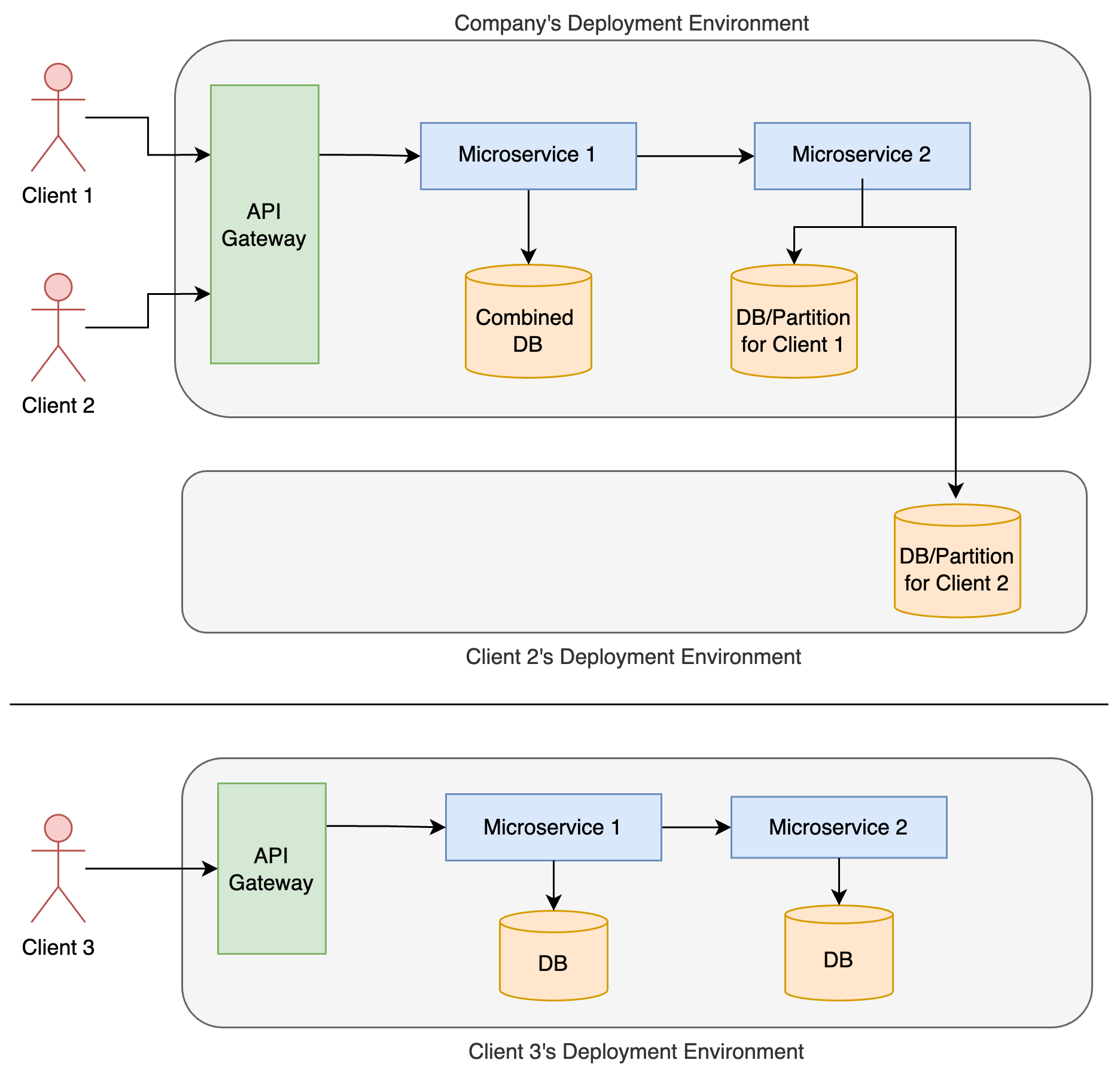🚀 Exploring Managed Services Architectures: Key Approaches for Building Scalable Solutions

In today’s digital world, managed services are essential for organizations looking to offload operational tasks like infrastructure management, security, and system maintenance. These services let businesses focus on their core applications without the hassle of day-to-day IT operations. This is especially critical in microservices-based systems, where software is broken down into smaller, independently managed components. While microservices offer flexibility and scalability, they also add complexity in managing a highly distributed architecture.
Managed services are key to solving these challenges, helping organizations ensure efficient monitoring, security, and scaling for their microservices. They also support multi-cloud and private cloud options, giving companies the flexibility to host services based on regulatory or cost needs.
In this blog post, we’ll explore four main types of managed services architectures, discussing their pros and cons, and how cloud deployment options fit into each approach.
1. Single-Tenant, Multi-Deployment Model
Overview:
In this approach, each tenant (B2B client) receives an entirely separate instance of the system, which includes its own database, application services, and potentially dedicated infrastructure. This method offers the highest level of isolation, with tenants running their instances independently of each other.
Pros:
- Isolation and Security: Complete tenant isolation reduces the risk of cross-tenant data breaches or accidental access.
- Customization: Since each tenant operates in its own environment, specific customizations for individual tenants can be implemented with minimal risk to others.
- Fault Isolation: Any performance or operational issues in one tenant’s environment are unlikely to affect other tenants.
- Multi-Cloud/Private Deployment Support: This architecture is ideal for organizations looking to offer deployment in multiple cloud environments or even private on-premise deployments. Each tenant can select their cloud provider or private infrastructure, but this could amplify complexity in management and support.
Cons:
- High Resource Costs: Maintaining separate deployments for each tenant can lead to increased costs, particularly when dealing with smaller tenants who do not fully utilize allocated resources.
- Operational Overhead: Managing multiple independent deployments requires significant automation and operational expertise to handle deployment, patching, monitoring, and scaling.
- Scaling Inefficiencies: Resources can idle, especially for smaller tenants, which may lead to underutilization and higher per-tenant costs.

2. Single-Tenant, Multi-Service Deployment (Shared Microservices)
Overview:
In this design, multiple tenants share the microservices layer, but each has its own dedicated database. The microservices are built to distinguish between tenants using a tenant identifier for data partitioning and resource management, while each client’s data is kept separate within its own database or partition.
Pros:
- Lower Costs: Sharing the application layer (microservices) reduces the infrastructure footprint, making this model more cost-efficient than isolated deployments.
- Moderate Isolation: While microservices are shared, separating databases provides a level of isolation for each tenant’s data.
- Scalability: Scaling the microservices layer is more efficient since resources are pooled for all tenants, allowing for better optimization.
- Multi-Cloud/Private Deployment Support: This setup is suited for organizations that need to support multi-cloud strategies while ensuring some level of data isolation per tenant. Tenants may prefer using different cloud providers for their databases or data storages, with the shared application layer still residing in one cloud or multi-cloud environment.
Cons:
- Complex Maintenance: This approach requires the application code to handle multi-tenancy logic, adding complexity to the codebase and making bug fixes or updates potentially more complicated.
- Data Management Overhead: While databases or data storages are separate, ensuring consistency and security across tenant-specific databases or data storages can be challenging, especially if scaling horizontally.
- Risk of Service Congestion: Shared microservices may become congested during high-traffic periods, requiring careful resource allocation and monitoring to avoid performance degradation.

3. Multi-Tenant, Single Deployment (Shared Services and Databases)
Overview:
All tenants share the same microservices layer and the same database, with data partitioning enforced at the application level using a tenant identifier. This is one of the most common approaches in Software-as-a-Service (SaaS) systems, focusing on efficient resource utilization.
Pros:
- Maximum Cost Efficiency: Sharing both the application and database layers allows for optimal use of resources, reducing operational costs.
- Simplicity in Management: Managing a single deployment for multiple tenants simplifies operational tasks like updates, patching, and scaling, making it easier to support.
- Scalability: Scaling both the microservices and database layers is more straightforward due to the shared nature of the system.
Cons:
- Limited Customization: Since all tenants share the same application instance, customization options are minimal and may involve significant code changes.
- Lower Isolation: This model offers the least amount of isolation since both services and data are shared. Ensuring data security and preventing leaks across tenants is critical.
- Performance Contention: High usage by one tenant can lead to performance issues for others, requiring careful management of shared resources to avoid bottlenecks.
- Multi-Cloud/Private Deployment Fit: This model works well in public cloud environments, where resource pooling maximizes efficiency. But it may not be ideal for private or hybrid clouds, where customers may expect a higher degree of control and isolation over their environment.

4. Hybrid Deployment (Shared Services, Some Dedicated Components)
Overview:
This architecture provides flexibility by sharing certain services (e.g., microservices or APIs) while dedicating specific components (like databases) for high-priority tenants. This model balances cost-effectiveness with performance needs, allowing specific clients to opt for isolated components based on their requirements.
Pros:
- Customizable Isolation: Tenants with higher security or performance needs can have dedicated components, while others share resources to keep costs low.
- Flexibility: This hybrid approach allows scaling and adjusting resource allocation based on client needs, providing an adaptive system that can meet diverse tenant requirements.
- Cost Efficiency for Small Tenants: Smaller tenants can enjoy the benefits of shared infrastructure without bearing the full cost of isolated deployments.
- Multi-Cloud/Private Deployment Fit: This hybrid model is ideal for organizations looking to cater to both cost-sensitive tenants and those demanding higher control and isolation. It also works well in multi-cloud strategies where certain services can be distributed across different cloud environments, offering tenants flexibility in deployment preferences.
Cons:
- Operational Complexity: Managing a mixed environment with both shared and dedicated components increases the complexity of the system, especially in terms of monitoring, scaling, and maintaining consistency.
- Varying Performance: Tenants sharing components may experience performance impacts due to the demands of other tenants, necessitating constant performance monitoring.
Conclusion
Selecting the right managed service architecture depends heavily on the business requirements of both the provider and the tenants. Small tenants may not need isolated components due to higher costs and resource idling, while larger enterprise clients may demand complete isolation for security and performance reasons. Additionally, incorporating multi-cloud or private deployment options adds further complexity but can offer more control and flexibility for enterprise clients.
When designing a managed services platform, one must carefully weigh the balance between cost, scalability, isolation, and operational complexity to select the architecture that best meets client needs. By understanding the nuances of each model, a service provider can deliver scalable, flexible, and secure solutions to their customers, whether they require shared or isolated environments.
Additional readings:
- https://www.gooddata.com/blog/multi-tenant-architecture/
- https://www.ibm.com/topics/multi-tenant
- https://www.architectureandgovernance.com/applications-technology/best-practices-for-managed-services/
Feel free to share your thoughts on this LinkedIn post or on this Medium post.